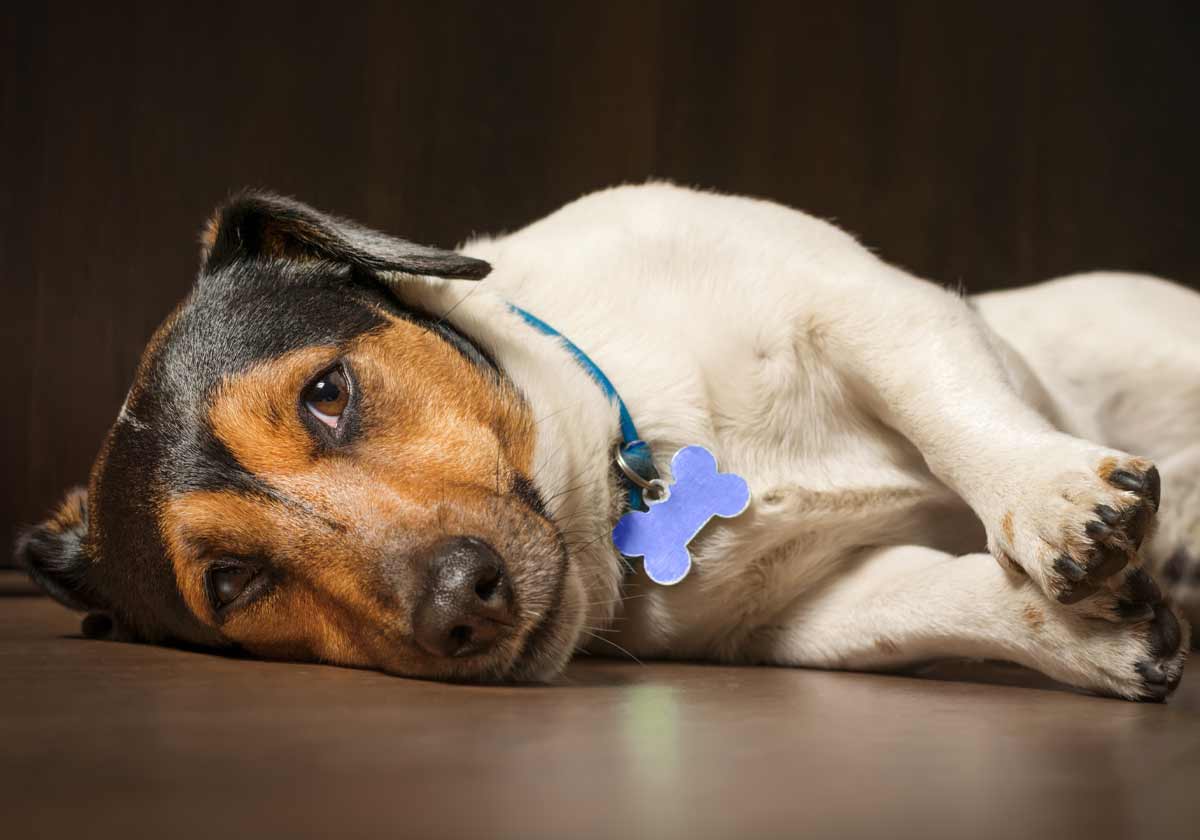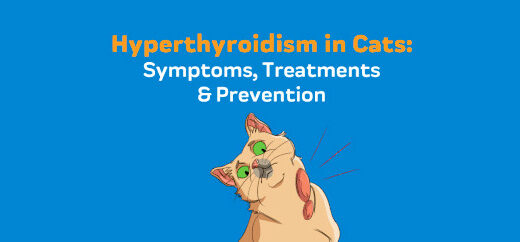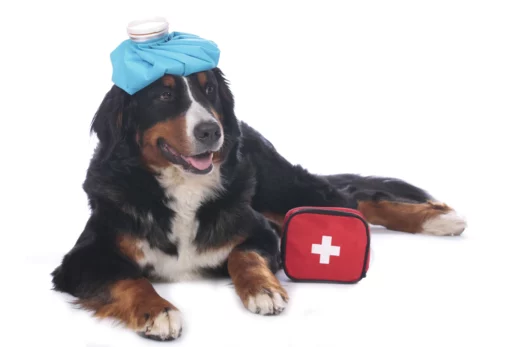
Dogs owners are likely familiar with canine parvovirus, or parvo. The disease is highly contagious, most likely to impact young puppies, and can be fatal within just days. Early detection and treatment from a veterinarian is essential and can be lifesaving. What do pet parents need to know about parvo? How can you keep your dog safe and healthy?
What is parvo?
Canine parvovirus (CPV) is a highly contagious virus that affects dogs and puppies of all ages. It is spread through direct contact with an infected dog or contact with infected feces, saliva, urine, or any surface, and can cause severe symptoms and even death. Often referred to as parvo, the virus targets a dog’s stomach and small intestine, where it destroys cells, impairs absorption, and disrupts the gut barrier. Parvo in puppies also affects the bone marrow and lymphopoietic tissues, and in some cases can also affect the heart.
Signs of parvo in dogs
Parvo causes gastrointestinal illness in dogs that when left untreated, become increasingly worse and eventually fatal. Because parvo is so dangerous, it is important for pet owners to be able to identify the clinical signs of the illness in order to seek prompt veterinary care.
Symptoms can vary from mild to severe and can include:
- Vomiting
- Severe, often bloody diarrhea
- Dehydration
- Loss of appetite
- Weight loss
- Fever
- Lethargy and weakness
- Abdominal pain and bloating
According to the American Veterinary Medical Association, most deaths from parvovirus occur within 48 to 72 hours following the onset of clinical signs. If your dog shows any of these signs, you should contact your veterinarian immediately. Be sure to notify the vet’s staff ahead of time of your suspicions and your dog’s symptoms, so that they can take the appropriate quarantine procedures to prevent your puppy from infecting other dogs.
How can dogs contract parvo?
Canine parvovirus is most commonly spread through direct contact with infected feces, contaminated food or water, and contact with other infected dogs. Ingesting, licking, and even sniffing contaminated substances can lead to transmission of the virus.
Parvo can also contaminate kennel surfaces, food and water bowls, collars and leashes, and the hands and clothing of people who handle infected dogs. The virus can survive in the environment for long periods of time—between 3 and 9 months!—making it difficult to avoid transmission. It is resistant to heat, cold, humidity, drying, and most household cleaning products. Even trace amounts of feces from an infected dog may harbor the virus and infect other dogs that come into the infected environment. The virus is readily transmitted from place to place on the hair or feet of dogs or via contaminated cages, shoes, or other objects.
Additionally, infected dogs can shed vast numbers of viruses. This can make it difficult to disinfect an area once it has been exposed to a dog infected with parvo.
What dogs are at a higher risk of getting parvo?
While all dogs can contract parvo, there are some dog populations that are at an increased risk of infection. Some of the factors that increase a dog’s risk of contracting canine parvovirus and experiencing severe symptoms include age, breed, living environment, and vaccination status.
Puppies are at a particularly high risk of contracting parvovirus because their immune systems are not yet fully developed, making them more vulnerable to the virus. Puppy parents also often get conflicting information about their dog’s weak immune system and the importance of socialization. Young dogs need to explore and learn about the world around them, including other dogs and environments that may be contaminated with parvo. Supporting your dog’s early development while keeping them safe and healthy is challenging!
Puppies also fall into another high-risk population: unvaccinated dogs. Additionally, dogs living in crowded areas with poor sanitation are also more likely to contract parvovirus. It is very important for dog owners in these circumstances to be especially vigilant about signs of parvovirus.





